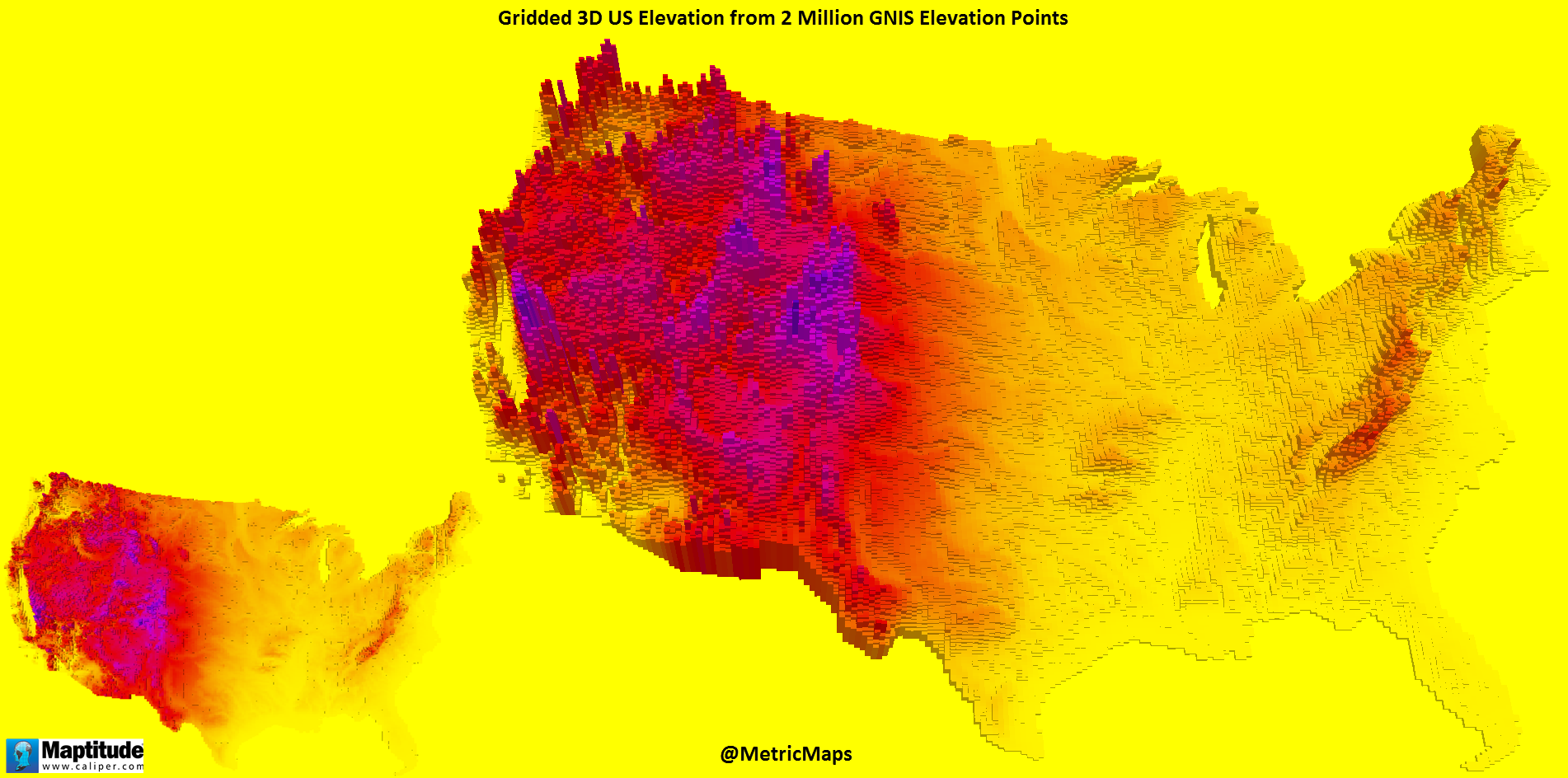The Scottish Highlands, the Appalachians, and the Atlas are the same mountain range, once connected as the Central Pangean Mountains
The Central Pangean Mountains were a great mountain chain in the middle part of the supercontinent Pangaea that stretches across the continent from northeast to southwest during the Carboniferous, Permian Triassic periods. The ridge was formed as a consequence of a collision between the supercontinents Laurussia and Gondwana during the formation of Pangaea. It was similar to the present Himalayas at its highest elevation during the beginning of the Permian period.
It’s hard to imagine now that once upon a time that the Scottish Highlands, the Appalachians, the Ouachita Mountains, and the Little Atlas of Morocco are the same mountain range, once connected as the Central Pangean Mountains.

During the Permian period, the Central Pangean were subjected to significant physical weathering, decreasing the peaks and forming many deep intermontane plains. By the Middle Triassic, the mountain sierras had been considerably reduced in size. By the beginning of the Jurassic period (200 mln years ago), the Pangean chain in Western Europe disappeared to some highland regions separated by deep marine basins.









Ouachitas is incorrect. Different orogeny.
I thought the same thing, and the map doesn’t support Ouachitas, either
According to every source I’ve been able to find (granted, only an hour’s worth of research) it is, in fact, correct and all were part of the central Pangaea mountain range. Perhaps you are referring to a different time period?
The Atlas and Anti Atlas Mts of Morocco . . are part of the Tethyian (sp?) Orogeny
Fascinating how the same types of people migrated to live in the same environment even when being separated by a great ocean. Genetic memory?
The famous Norwegian Moroccans
Try and say Morocco with a Norwegian accent
People settled where they could survive. Where they could build shelter, hunt, gather, and garden.
OP is right despite the replies here, case in point: The Appalachians were adopted from like the 1700’s by Scottish immigrants. Ie, those who were from the Scottish Highlands, travelled to America and funnily enough settled in the Appalachians. Two parts of the same ‘original’ range. So to Daniel’s point, it would be more correct to suggest ‘The famous Scot-Americans’ and it wouldn’t be a crude attempt at a joke.
And I am descended of Norwegians, and I am settled in the few hills of Florida that exist! I have visited Morocco though.
The Scottish immigrants settled in the Appalachians because it reminded them of home. Having lived in the mountains, they were comfortable there. Of course they didn’t know they were in fact the same mountain range.
The Ulster Scots (Scots-Irish) were the major European group that settled Appalachia. They were from the borderlands of England and Scotland. They were not highlanders.
Atlas are much younger than all the other ranges and are also part of a different orogeny
As inside as outside
Pretty interesting how you can see the North / South divide in England here too (A bit)
Such an upheaval. I wonder how long it took to separate?
As the author of the website geoledgers.org dryly notes, it’s hard to imagine how continental plates sliding around could raise up a perfectly circular mountain range like the Himalayas. A corollary of the phenomenon of meteor impacts is that tectonic plate theory, while it seemed like a good idea at the time, turns out to have been a huge misunderstanding.
This is so geologically incorrect it’s offensive!! The Caledonian Orogeny is proven scientific geomorphological fact.
amazing .. my ancestor from the Highlands fought the Brits at Culloden, was sent in chains on the slave ship, Gildart to Virginia in servitude and escaped to the Appalachian Mountains near Grandfather’s Mountain in North Carolina, the same mountains..
Larry, was your grandfather James Malcolm Mckenzie Fraser? lol. Seriously though, this is interesting. My family, the McCord, Means have the same history, only we settled in PA, then VA
Two hundred million years ago, Ireland and Scotland were a part of the same range as the Appalachian mountains, where, funny enough, the predominance of Scottish and Irish emigrants settled in America.
Trying to figure that on a spherical Earth?
The rocks that form the Serra da Esrela in Portugal were also part of the Central Pangean Mountains.